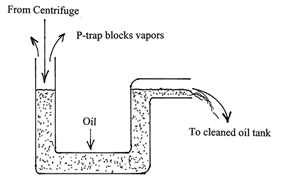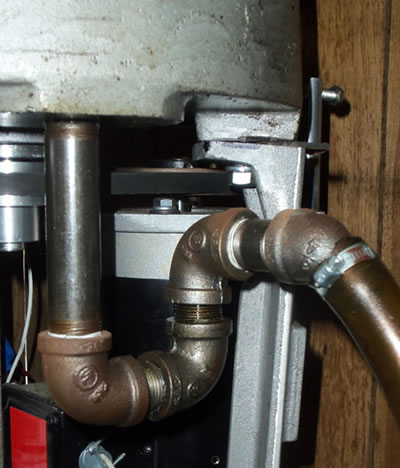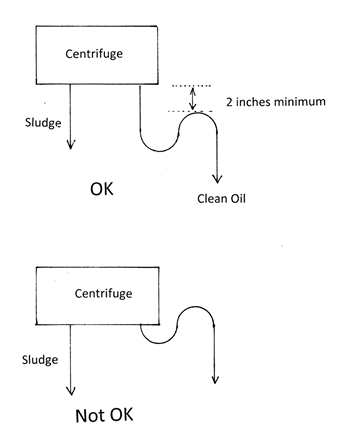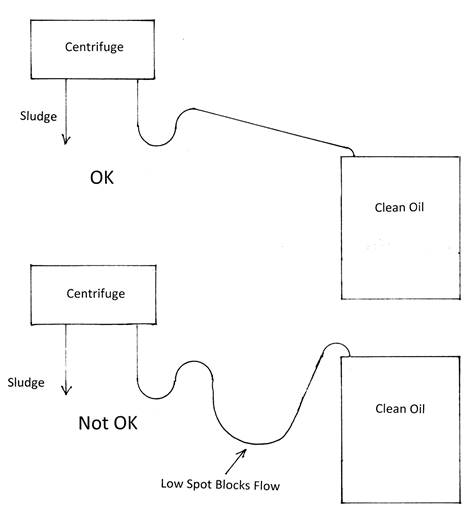Aucun produit
Catégories
- WVO Waste Motor Oil Algae Centrifuges
- Algae Centrifuge for Algae Harvesting
- Automatic Centrifuge Controllers
- Biodiesel Centrifuges
- Explosion Proof Centrifuges
- High Speed Centrifuges, Decanters and Oil Water Separators
- WMO Centrifuge - Waste Motor Oil Centrifuge
- WVO Centrifuge - Waste Vegetable Oil Centrifuge
- Oil Transfer Pump
- Waste Motor Oil Pumps, WVO Pumps, Oil Transfer pumps, Industrial Oil Pumps
- Oil Transfer - Meters,Tanks, Hoses, Nozzles and Fittings
- Media Filtration - Bag Filters, Filter Housings, FIlter Heads
- Electric Oil Transfer Pump and Centrifuge Motors
- Filter Heaters, Battery Heaters, Drum Heaters
- Waste Oil Heater and Waste Oil Burners
- How-to Books
- Parts / Accessories
- Cannabis Hemp Centrifuges For Solvent Extraction of CBD Oil
- Centrifuge Applications
- Make Black Diesel
- Comparing Centrifuges RPM vs. RCF
- Lab Reports US Filtermaxx Centrifuge
- Centrifuge Feeding Systems
- Gravity Feed Centrifuge
- Centrifuge Feed Rates
- Estimating Flow Rate
- Causes of Centrifuge Vibration
- One Pass Oil Cleaning, Estimating Run Time
- P-trap Centrifuge Output
- Centrifuge Piping Schematic
- Electrical Wiring for Centrifuge
- US Filtermaxx General Centrifuge Assembly
- Automatic10,000G WVO Centrifuge Manual
- Centrifuge Controllers Manual
- VFD Programming
- Centrifuging Low Flashpoint Liquids
- Selecting the Proper Oil Pump
- US Filtermaxx Oil Burner Manual
- Centrifuge floor space requirements
Removing Water and Vapors from Oil
Venting Vapors
During centrifugal cleaning of liquids, vapors may be emitted and depending upon the composition of the liquid, vapors may contain water, methanol or other light hydrocarbons. Larger amounts of vapor are emitted with higher feed stock temperatures. US Filtermaxx Centrifuges are purpose designed to force ventilate these vapors using a centrifugal fan formed between the rotor bolts and the grooved lid. The US Filtermaxx centrifuge typically produces airflow of approximately 35 cubic feet per minute through the output ports before piping losses. Directing the flow to the waste port vents water vapor, hydrocarbons or alcohol vapors away from the cleaned oil. Flow is directed by installing a P-trap.

The liquid in the P- trap blocks the flow of vapors. This prevents vapors from collecting in the clean oil tank and condensing. The P-trap may be built from pipe-fittings or be as simple as a low place in a hose.
A “P-trap” is useful in the clean oil output line to prevent large amounts of vapor from condensing in the clean oil line or flowing into the clean oil tank. The waste line should not have a P-trap. This allows the water vapor to flow to the waste tank and condense with the sludge. Methanol vapors are extremely flammable and no source of ignition such as the sparking contacts in an open frame single phase motor or relay are allowed in the work area.
Vapor output from the sludge drain is controlled by the vent in the top of the centrifuge. 10,000G centrifuges should be throttled at the vent to prevent blowing the oil out of the P trap, as seen in the video above.
Sizing the Output Line and P-Trap
The output port on the US Filtermaxx Centrifuge is 1-1/4 inch NPT. This may be bushed down to 3/4 inch NPT for flows of 0 to 20 gallons per hour. A 1 inch ID hose fits over the 3/4 inch pipe fitting. Do not use a smaller hose or bush the output smaller than 3/4 inch NPT. Do not restrict or block the output flow for any reason. Flows of 20+ gallons per hour should use 1-1/4 inch NPT fittings and 1-1/2 inch hose.
The P-trap must be lower than the centrifuge, however a long line before the P-trap will allow vapors to condense in the piping before the P-trap. Secondary traps formed by sagging hose block the flow of oil and causes the oil output to back up and flow into the sludge drain. Hoses must not kink. Using a 45 degree elbow on the output minimizes kinking when the clean oil tank is not located directly under the P-trap. Piping is preferred over hoses that can kink and sag. PVC piping is usually OK as the output oil temperature is 120F or less and the softening point of PVC is 154F.

A 45 degree elbow prevents the hose from kinking.

P-Trap is too high forcing oil flow to sludge port.

